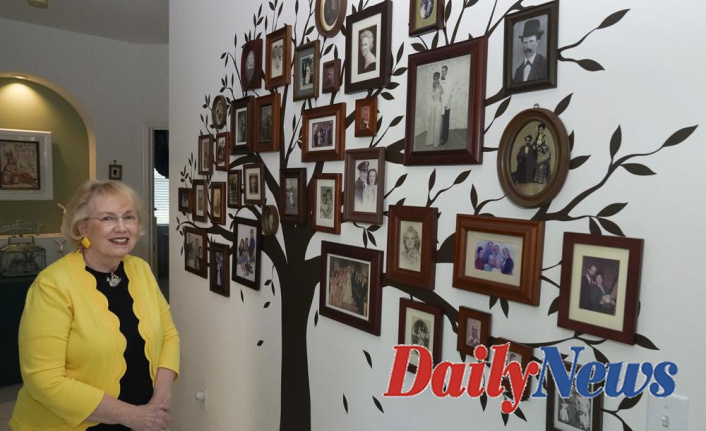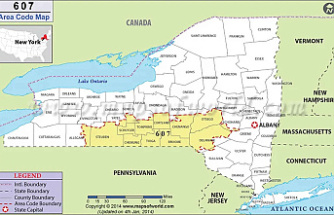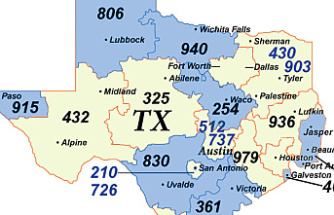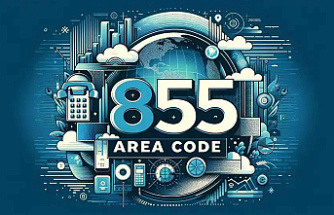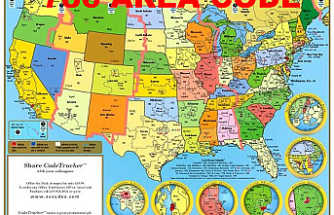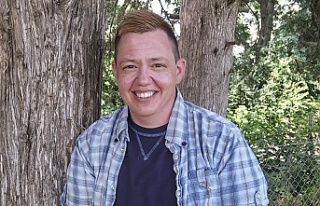Powell was born in 1946. Her name was recorded at a St. Louis home early Friday. This happened shortly after the federal archives released digitalized individual records from the 1950 census. That was only the beginning. Now, she hopes that the records will allow her to find information about a great grandmother she didn't know.
Powell, president of Central Florida Genealogical Society, stated, "When you're a family historian or genealogist it all about the census."
Records identifying individuals by name cannot be made public for privacy reasons until 72 years after being gathered during the once-a decade U.S. headcount. The 72 year rule was a 1952 agreement between an archivist from the U.S. and a director of the Census Bureau at that time. However, no one seems to have any idea how they came up with this number.
The digital records include information about the household members, including their names, race, gender, age, address and occupations. They also contain details such as salaries, education levels, marital status, birthplaces, and hours worked in previous weeks. The National Archives indexes handwritten records using artificial intelligence technology.
Officials admit that Friday's website is a "first draft." This means that specific people can only be found by searching for the household head. If former President George W. Bush wants to know more about the West Texas home he lived in in 1950, he will need to search under his father's name, George Herbert Walker Bush.
This website will offer a tool that allows users to correct any errors or add missing names.
David Ferriero, U.S. Archivist, stated that "This is an opportunity to refine and improve... names and make population schedules more accessible to everyone."
Two outside genealogical organizations, FamilySearch and Ancestry, a division of The Church of Jesus Christ of Latter-day Saints are teaming up to provide quality control on the records. They have created their own index, separate from the National Archives. FamilySearch will coordinate the efforts of 400,000-800,000 volunteers from the U.S. to double-check all entries that have been scanned.
Powell stated that she now wants to find out more about her great-grandmother, who she was only able to discover about when Powell was about 10. The great-grandmother was a dementia sufferer and kept the records from her family. They never got to meet.
Powell stated, "I am most anxious to learn about my great-grandmother."

